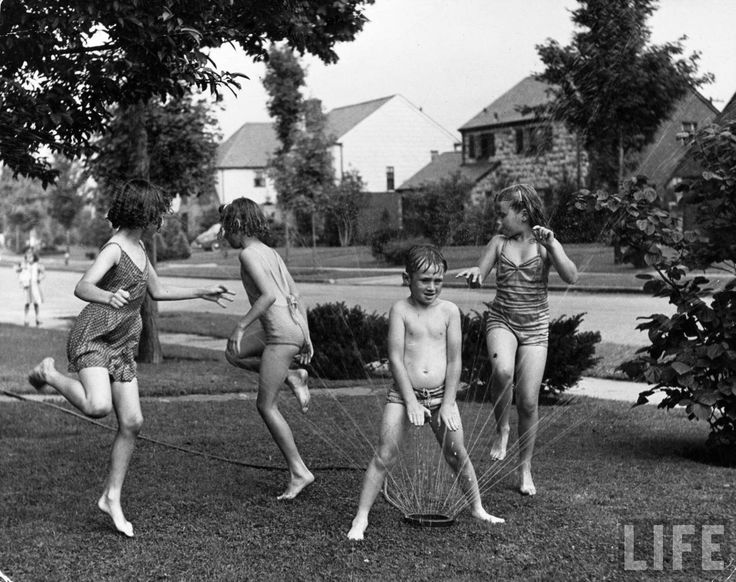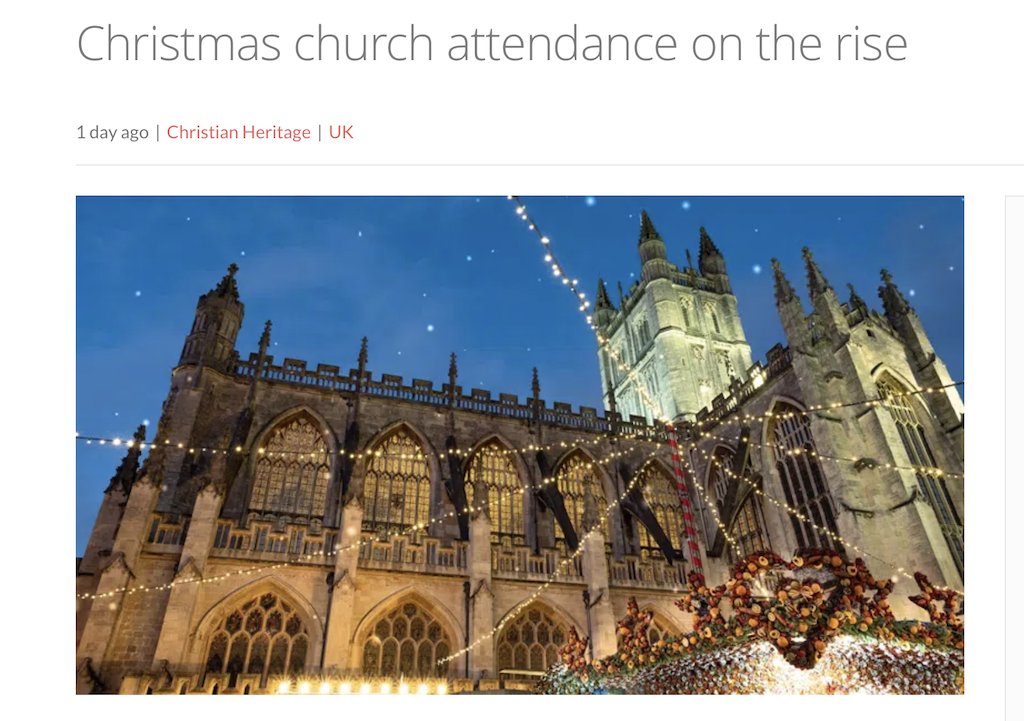March 24, 2017
Sprinkler Church or Drip Line Church?
You know the difference between a sprinkler watering system and a drip line system? Sprinklers spread out water from a central source (a hose pipe attached to a tap) indiscriminately. The reach of the water is limited by a number of factors; the water pressure, the hose size, the type of sprinkler. It spreads out strongly from a centre, but has limited reach.

Drip lines, on the other hand, take the water from a central source and distribute it to plants and other far flung areas. Rather than indiscriminate and local, they are specific and regional. Drip lines may bypass a whole area of lawn or plants that may also require water in order to bring that water to an identified location in the garden. The water has extended reach, but only because its pressure is not used up en route.
Churches operate as either sprinklers or drip lines. At least they lean towards one rather than the other. If church leaders want to be sprinkler churches and their congregations are sprinkler people, (their lives are localised and fairly indiscriminate), then well and good. But if the leadership’s vision is sprinkler and the congregation’s practice is drip line (their lives are in specific locations outside the reach of the sprinkler), then it can be tough work.
The same is true for those churches that aim to be drip lines. If your people generally do sprinkler life and ministry, then there will be tension. And for church planters, it’s vital to know who you have on board before you decide whether your church plant is going to be more like a sprinkler church or more like a drip line church.
Getting the right combination is crucial to the life and health of your church’s mission in the world and the health of your people in their calling and vocation.
Sprinkler Church and Sprinkler People
A church plant that has decided to be a sprinkler church will be either a household model church or commit to a specific locale or people group for strategic gospel reasons. It’s important to have a clear vision for what you are doing and who you are asking to help you do it if you are this kind of church.
For example, I know a bloke and his family planting a church in a specific location in Sydney that is highly identifiable, highly desirable, and attracts a specific, though often transient group of people into the area. These people aim to live, work, move and have their being in that beachside location. These are sprinkler people who can be reached by a sprinkler church
So what is the church planter aiming for? First he is aiming to find a core group of people who are either sprinkler people themselves, or are willing to make the transition to being so. His aim is to find people who commit to doing life local; eating, working, doing recreation and family, in that local area, and all in order to reach people within the reach of the sprinkler. The water of life that the gospel spreads out can be indiscriminate and local because his core group has the time and resources to commit to finding the nooks and crannies in their area, without being dragged away by too many external commitments.
Sprinkler Church but Drip Line People
Here’s where church planters and churches run into problems. If you wish to be a sprinkler church – especially a sprinkler church plant – then you have to make it clear from day one that living a sprinkler life is the best way to do it. This does not demean and belittle drip line people, but if you have people who say they want to join you, but whose lives are drip line in that they don’t do much local stuff; for example they work long hours away in the city, they have three or four children at two different schools, they have ageing or ailing families in other parts of the state, then you are going to be hamstrung in mission at best, and frustrated and conflicted at worst. You may have to say “thanks but no thanks” to some very gifted people, for your sake, their sakes, and the sake of the mission.
This is where, as a planter, you will have to decide if your model is driving your agenda or if your mission is. If the mission is to encourage your people to live a gospel centred life in their context, then subsume your desire to plant a pre-arranged specific model, and do the hard work of asking what kind of people you have on board, drip line or sprinkler. The right people with the right model is crucial.
Drip Line Church and Drip Line People
This is where “big event’ church comes in. Drip line church on Sunday is a medium to large grouping which, ideally, does a thick liturgical service that feeds, encourages, equips and gives time for God’s people to hang out at the end of the service for coffee, chat, lunch somewhere or whatever. It is unashamedly an event and is packaged as such, because its aim is to send people out to love and serve the Lord wherever the drip line of their particular week takes them. And for many they won’t get a chance to surface again in the local church setting for the whole of that week.
There was a time, especially over the last twenty years, when this was pooh-poohed as an church model, and I for one, fell into that trap when I signed up for household church only. If I had considered my household context a little more readily (we were sprinkler people in a sprinkler setting) then I may have been more circumspect in my criticism of the drip line model.
One church plant I started that petered out ran into this problem. I was constantly trying to shape drip line people into sprinkler people, and it wasn’t that they were less godly or less evangelistic or whatever, it’s just that life looked different for them. There was no pressure left in the hose for sprinkler life after they had completed a week of drip line living. The happy result is that all of those people are in our current drip line church and are among our most gifted, evangelistic and servant hearted people. So don’t chastise people for a lack of commitment or whatever, when the problem may be you!
The big event of drip line church is not all there is to a church, but don’t try to replicate the event at any level for a second time in any given week. In other words, a big “side by side” event needs to be complemented by smaller “face to face” opportunities that tap into the rhythms of life of your people. Smaller groups are needed that love and serve within the group and give opportunities to love and serve others outside the group.
The common complaint about big church is that it doesn’t do small church life well. That’s not true. It just does it differently. We have noticed this at our church where we have grown from one household group to about 140 people. When we had fifty people and we put on an extra event outside our Sunday gathering, forty five would show up to that event.
With 140 people now attending it would be easy to presume that any second event would attract 120 people. Not so. It attracts about 20-30. Why? Because when we were fifty in total the physical and relational energy that church drew out of people was not at the level that 140 draws out. People have space for one big event, and forty to fifty still felt intimate enough to be like family. It energised rather than enervated.
So, if more people are coming to your larger church from far flung suburbs and then spreading out for work and life, then find ways to help your people seize drip line discipleship and gospel opportunities where they spend most of their time.
Drip Line Church and Sprinkler People
Drip line churches attract drip line people by and large, but they do have a “sprinkling” of sprinkler people. This is an ideal situation. Why? Because if you have the wherewithal and the imagination you can enable and equip a group of sprinkler people in your church to do what they do best without sucking the life and energy out of them to do drip line church.
What do I mean? Simply this: If there is a group of localised people who want to target a specific gospel poor area, or reach a specific ethnic group, then for goodness sake let them! Not only let them, but encourage them by setting up a specific hose pipe to their particular sprinkler. Since it won’t be a huge amount of people then you won’t be draining the pressure from your drip line church. And if you are a biggish drip line church then you have enough water in the pipeline to divert it elsewhere without dropping the pressure. You’ll become a supply line to a group who are doing mission and ministry in a way the rest of your church cannot.
I reckon every drip line church has a couple of people who are sprinkler people, and it’s a crying shame when churches can’t figure out that God has placed those sprinkler people among you for a specific task. If you don’t get on board with that you risk losing the only people in your congregation with the time and inclination to do long term, low key, relational mission in a specific area.
They can be trained by you, resourced by you, and in turn train and resource your people in ways you may not have imagined. You can even make the daring decision to allow them to do household church on Saturday night and generally not turn up to your Sunday gig if they don’t want to. Sprinklers and drip lines can exist side by side without having to double up their duties. In fact that’s the only way they work.
Of course you may suddenly find yourself planting with people who are committed sprinklers, and if you are a drip line person and feel gifted to do church that way, then you may have to ask some hard questions of yourself about where and what your role should be. After all you don’t want to end up being a blockage in the pipe. The aim is to get the water of life to the places that are dry, thirsty and dying, not to create a ministry role for you.
So, gimme your feedback.
Written by
There is no guarantee that Jesus will return in our desired timeframe. Yet we have no reason to be anxious, because even if the timeframe is not guaranteed, the outcome is! We don’t have to waste energy being anxious; we can put it to better use.
Stephen McAlpine – futureproof
Stay in the know
Receive content updates, new blog articles and upcoming events all to your inbox.


